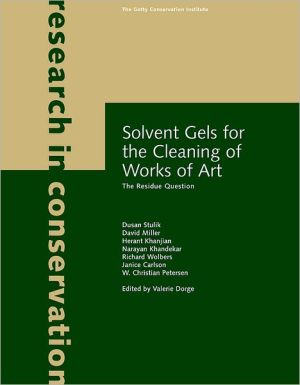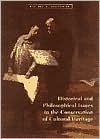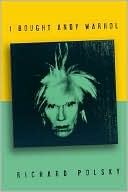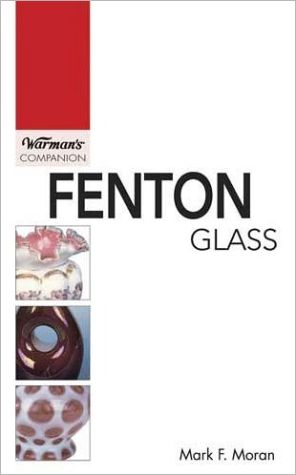Solvent Gels for the Cleaning of Works of Art: The Residue Question
The cleaning of a work of art often involves removing not only dirt and grime but also unwanted layers of varnish, gilding, and paint from the work's surface. The challenge for conservators lies in finding a cleaning agent that will act on one layer without affecting the layer being preserved and without leaving any harmful residues on the cleaned work. This book, which examines gel cleaning in the treatment of paintings and painted works of art, presents the methodologies, data, and results...
Search in google:
The cleaning of a work of art often involves removing not only dirt and grime but also unwanted layers of varnish, gilding, and paint from the work's surface. The challenge for conservators lies in finding a cleaning agent that will act on one layer without affecting the layer being preserved and without leaving any harmful residues on the cleaned work. This book, which examines gel cleaning in the treatment of paintings and painted works of art, presents the methodologies, data, and results of a collaborative project of the Getty Conservation Institute and Winterthur Museum.Among the issues covered are the theory and application of gel cleaning systems, the detection of residues left on the surfaces of objects cleaned with these systems, research into solvent-gel and solvent residues, stability of surfactants during natural and artificial aging, and recommendations for formulating gels for specific cleaning tasks.
ForewordPrefaceIntroduction1Ch. 1Gelled systems : theory and early application5Ch. 2Research into potential problems arising from the use of aqueous cleaning systems12Ch. 3Research into solvent gel residues18Ch. 4Research into solvent residues66Ch. 5Aging characteristics of surfactants84Ch. 6Detection of residues on the surfaces of museum objects previously cleaned with aqueous gels116Ch. 7Project outcome, spin-offs, and future research needs131








